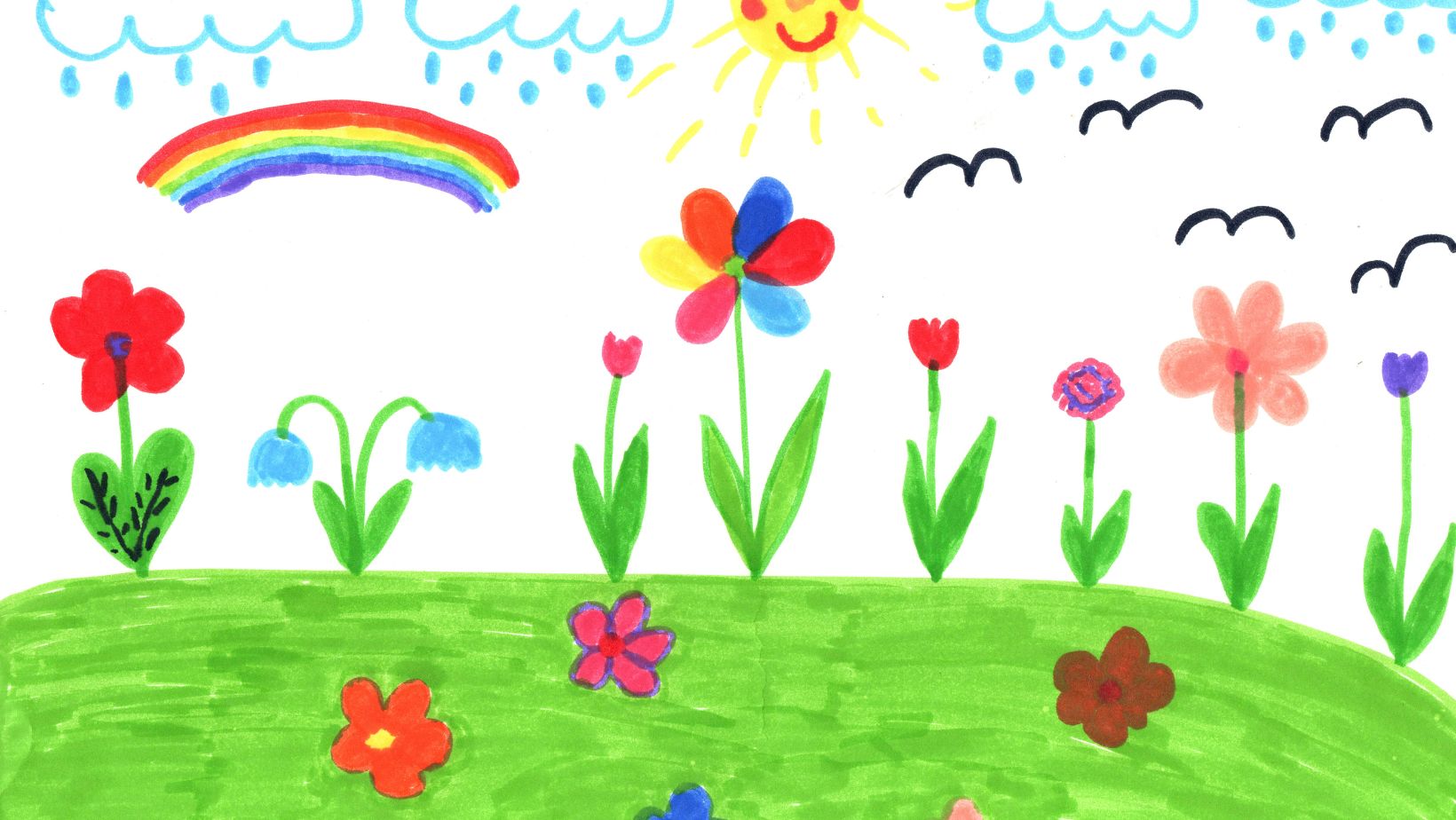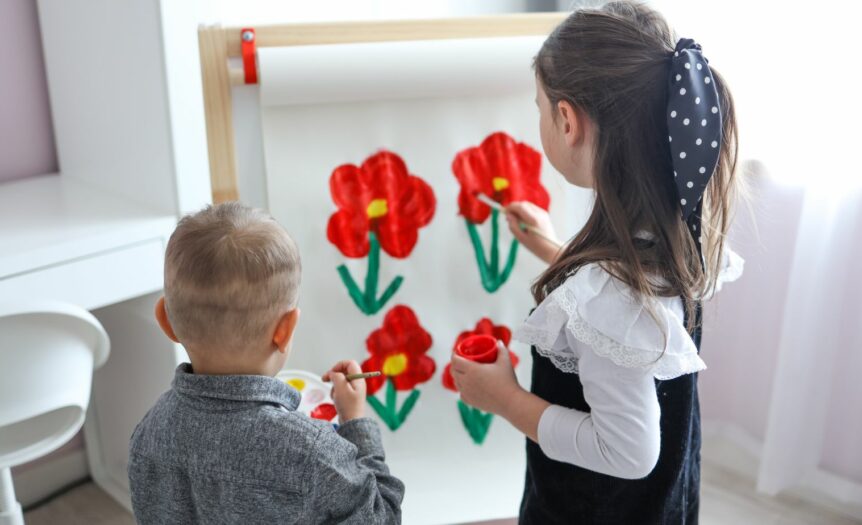Drawing a “flor facil de dibujar” (easy-to-draw flower) can be a fun and creative activity for both beginners and experienced artists. Whether you’re looking to add some floral flair to your artwork or simply want to explore the world of botanical illustration, mastering the art of drawing flowers can bring beauty and tranquility to your creations.
One of the key advantages of drawing an easy flower is that it allows you to focus on basic shapes and forms, making it accessible even for those who are new to drawing. By breaking down the flower into simple components like petals, stems, and leaves, you can gradually build up your skills and confidence.
When approaching the task of drawing a “flor facil de dibujar,” remember that practice makes perfect. Start by observing real flowers or reference images closely, paying attention to their unique characteristics. Experiment with different techniques such as sketching lightly with a pencil or using bold lines for emphasis.
By embracing this artistic journey, you’ll not only develop your drawing skills but also gain a deeper appreciation for the intricacies and beauty found in nature’s blooms. So grab your sketchbook, sharpen those pencils, and let’s dive into the world of effortlessly captivating flowers!
Flor Facil De Dibujar
When it comes to drawing a “flor facil de dibujar” (an easy-to-draw flower), it’s essential to have a good grasp of its basic anatomy. By understanding the structure and components of a flower, you’ll be better equipped to create realistic and visually appealing drawings. So let’s dive into the world of floral anatomy!
- Petals: The petals are often the most prominent and colorful part of a flower. They are the leaf-like structures that surround the reproductive organs at the center of the flower. Petals come in various shapes, sizes, and colors, contributing to the overall beauty and attraction of the flower.
- Sepals: Located just beneath the petals, sepals are usually green in color and serve as protective covers for the developing bud. While they may not be as showy as petals, they play an important role in safeguarding delicate inner parts during bud formation.
- Stamens: These are male reproductive organs found within flowers. Each stamen consists of two main parts – a filament (a thin stalk) and an anther (the pollen-bearing structure). Pollen grains produced by the anther contain sperm cells needed for fertilization.
- Pistil: The pistil is the female reproductive organ found at the center of most flowers. It typically consists of three parts – stigma, style, and ovary. The stigma serves as a landing platform for pollen grains while the style connects it to the ovary which contains one or more ovules that develop into seeds after fertilization.
By familiarizing yourself with these basic components, you can begin sketching your “flor facil de dibujar” with greater accuracy and detail. Remember that practice makes perfect, so don’t be afraid to experiment with different shapes, sizes, and colors to bring your drawing to life. Happy sketching!

Practicing Shading Techniques
When it comes to drawing a “flor facil de dibujar” (easy-to-draw flower), one important aspect to consider is shading. Shading techniques add depth and dimension to your artwork, making it appear more realistic and visually appealing. In this section, I’ll guide you through some effective ways to practice shading techniques for your floral drawings.
- Start with Basic Shapes: Begin by sketching the outline of your flower using basic shapes such as circles, ovals, or triangles. This will serve as a foundation for adding shading later on.
- Understand Light and Shadow: To create realistic shading, it’s essential to understand how light interacts with objects. Study the way light falls on different surfaces and observe how shadows form accordingly. This knowledge will help you accurately depict the play of light and shadow on petals, leaves, and other parts of your flower.
- Experiment with Pencil Pressure: Varying the pressure applied while shading can produce different effects. Use lighter strokes for areas that receive more direct light, gradually increasing pressure as you move towards shaded regions.
Remember that mastering shading techniques takes time and practice; don’t be discouraged if your initial attempts don’t meet your expectations! Keep experimenting, observing real flowers for reference, and seeking inspiration from other artists’ work. With dedication and perseverance, you’ll soon be able to add stunning shading to your “flor facil de dibujar” drawings, bringing them to life with depth and realism.






